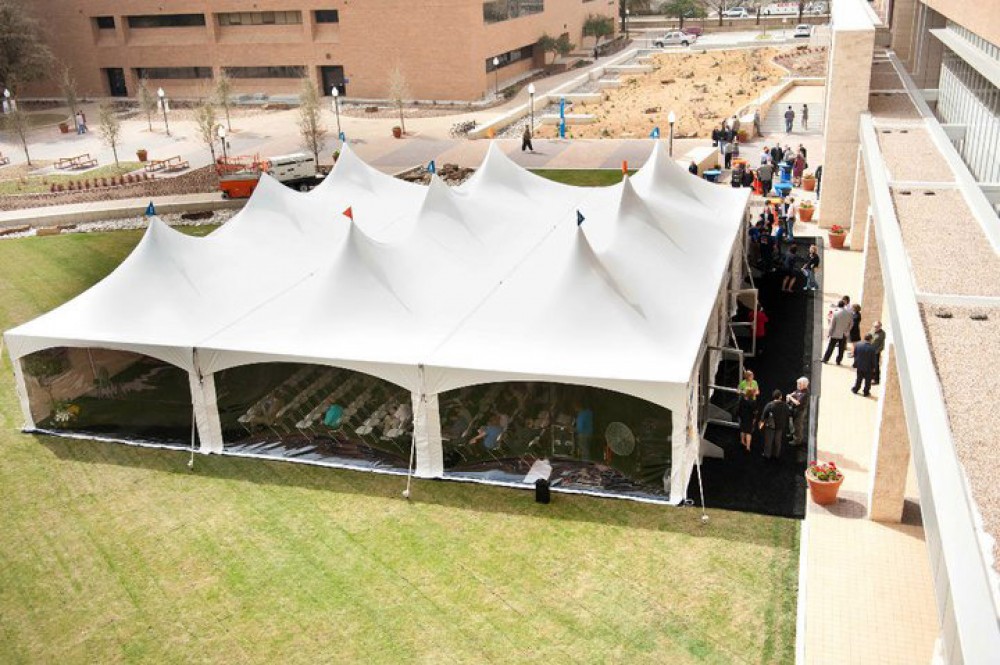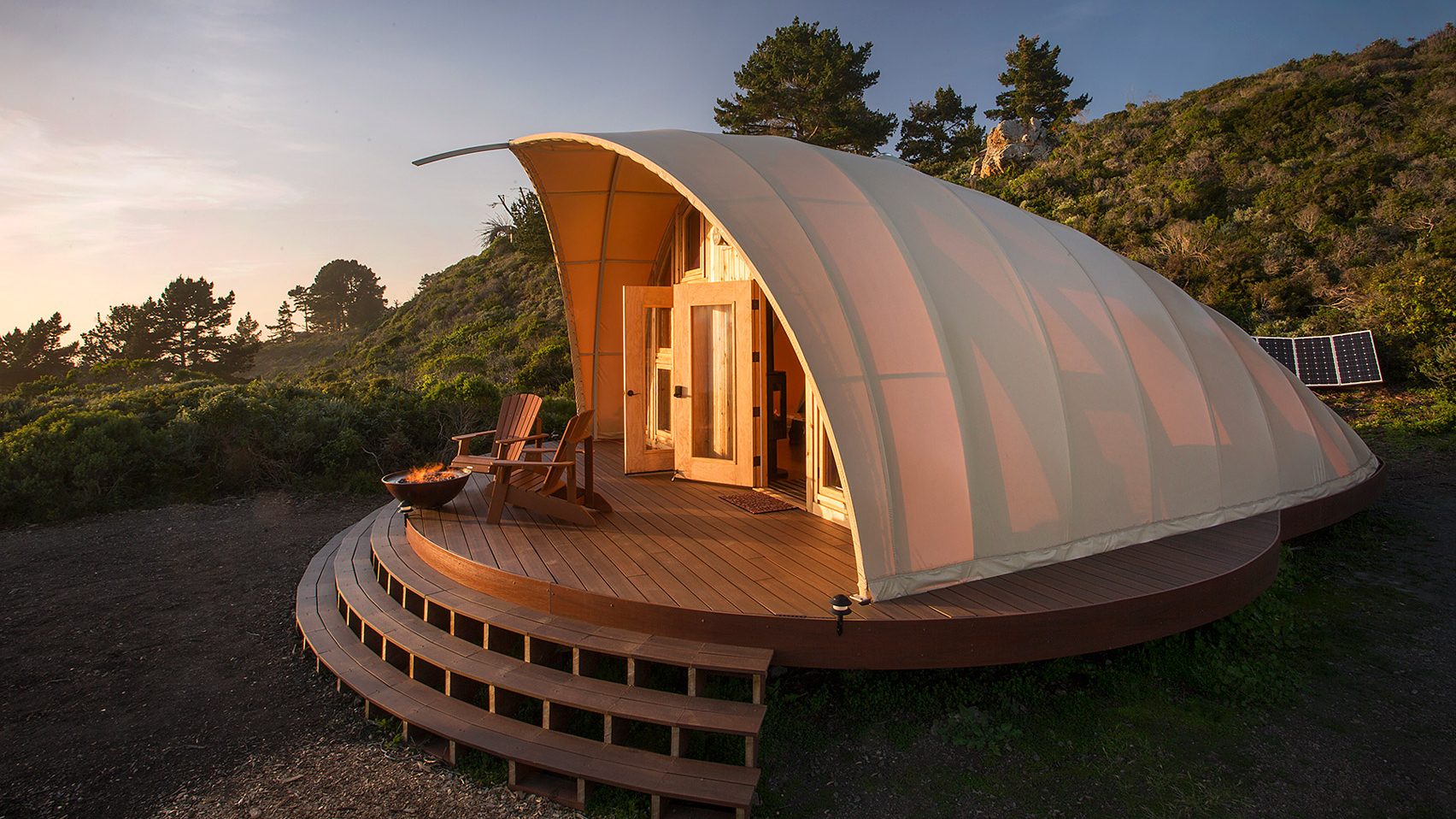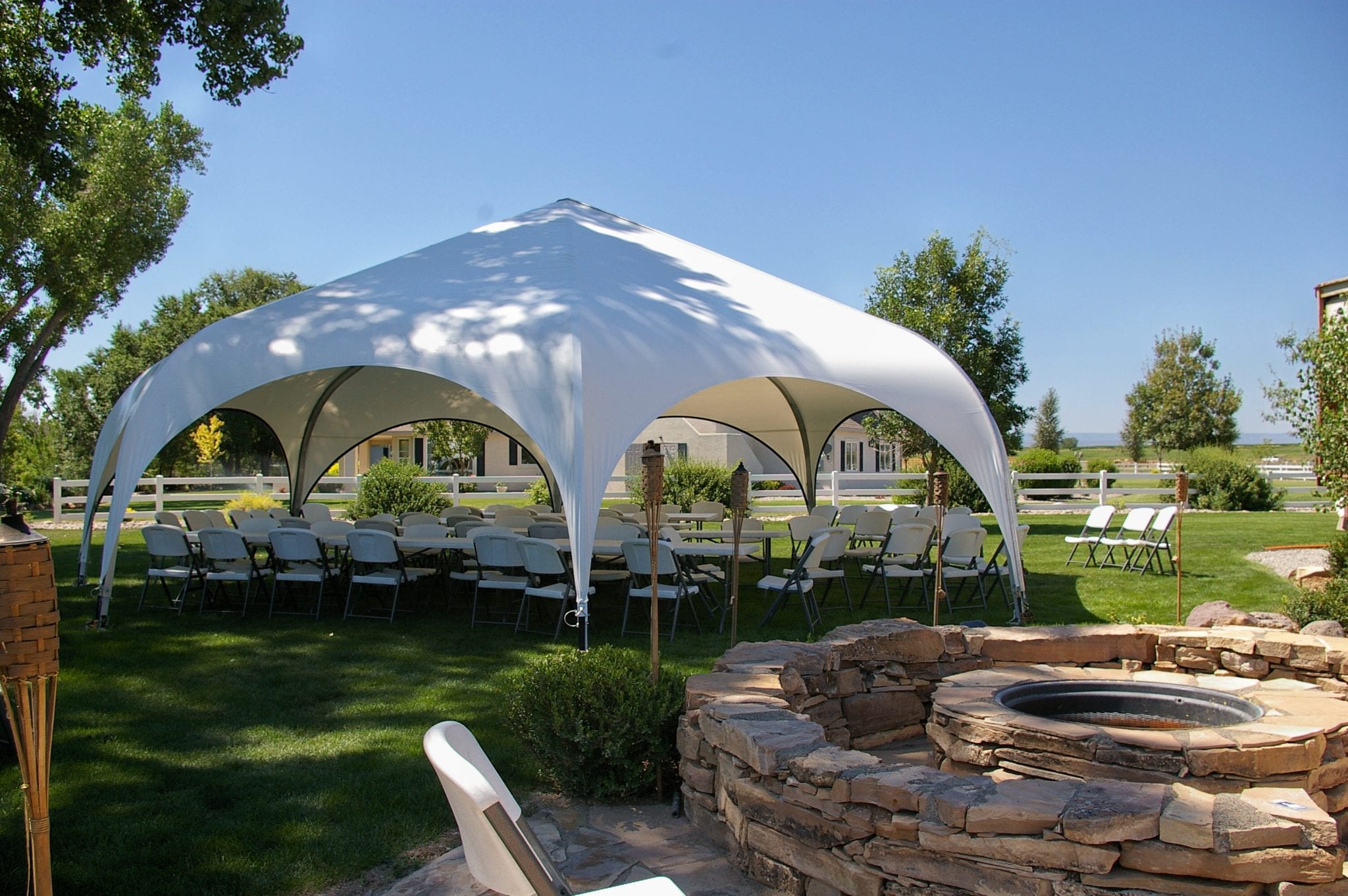
I. Introduction to Tent Structure
A. Understanding the Importance of Tent Structure for Camping
The structure of a tent is crucial for providing shelter and protection during camping trips. A well-designed tent structure ensures stability, durability, and resistance to various weather conditions, keeping campers safe and comfortable.
B. Exploring Different Types of Tent Structures
There are various types of tent structures available, each with its own unique design and benefits. These include frame tents, dome tents, tunnel tents, geodesic tents, and single-wall tents. Understanding the characteristics and components of each structure is essential for choosing the right tent for your camping needs.
II. Frame Tent Structures
A. Description and Benefits of Frame Tents
Frame tents feature a sturdy and freestanding design, making them popular for camping and outdoor events.
- Sturdy and Freestanding Design
Frame tents rely on a rigid framework of poles and connectors to support the structure, allowing them to stand upright without the need for guy lines or stakes. This design provides stability and allows for flexibility in campsite selection.
- Easy Set-Up and Versatility
Frame tents are relatively easy to set up, with clear instructions and fewer components compared to other tent structures. They offer versatility in terms of interior layout and can accommodate various accessories, such as partitions, awnings, or vestibules.
B. Components of Frame Tents
- Framework: Poles, Connectors, and Hubs
Frame tents feature a framework made of interconnected poles, typically constructed from aluminum or fiberglass.
- Tent Body: Fabric, Rainfly, and Attachments
The tent body of a frame tent is typically made of durable and waterproof fabric, such as nylon or polyester. It may include additional features like mesh windows for ventilation and a rainfly for added weather protection. Attachments, such as zippers, buckles, and loops, secure the tent body to the frame.
III. Dome Tent Structures
A. Description and Benefits of Dome Tents
- Lightweight and Easy to Assemble
Dome tents are lightweight and compact, making them ideal for backpacking or hiking trips. They are relatively easy to assemble, typically using a combination of shock-corded or pre-bent poles and clips or sleeves.
- Excellent Wind Resistance and Stability
The dome-shaped structure of these tents offers exceptional wind resistance. The curvature distributes wind force evenly, allowing the tent to remain stable even in strong gusts. Additionally, the design helps to shed rain and snow efficiently.
B. Components of Dome Tents
- Pole Structure: Shock-Corded or Pre-Bent Poles
Dome tents feature a pole structure that creates the distinctive dome shape. The poles are usually made from lightweight materials such as aluminum or fiberglass. They may be shock-corded for easy assembly or pre-bent to maximize interior space.
- Tent Body: Rainfly, Ventilation, and Door Design
The tent body is typically made of waterproof and breathable fabric. Dome tents often include a rainfly that provides additional protection from the elements. They also feature ventilation openings, such as mesh panels or windows, to promote airflow and reduce condensation. The door design may include single or multiple entrances for easy access.
IV. Tunnel Tent Structures
A. Description and Benefits of Tunnel Tents

Tunnel tents are known for their spacious and roomy interiors, making them ideal for extended camping trips or family use. They offer a combination of livability and stability, providing a comfortable camping experience.
- Spacious and Roomy Interior
Tunnel tents feature a long, tunnel-like structure that maximizes interior space. The straight walls and high ceilings allow campers to move around comfortably and accommodate larger sleeping areas or gear storage.
- Ideal for Extended Camping or Family Use
Due to their spaciousness, tunnel tents are suitable for extended camping trips or when camping with family and friends. They often offer multiple chambers or compartments, allowing for privacy and separate sleeping areas.
B. Components of Tunnel Tents
- Arching Poles and Support Structure
Tunnel tents rely on arching poles that create the tunnel shape. These poles are usually made of lightweight materials like aluminum or fiberglass. The poles are interconnected and provide structural support to the tent body.
- Multiple Chambers and Segments
Tunnel tents often include multiple chambers or segments, separated by dividers or attached inner tents. This allows for privacy and organization within the tent, making them suitable for families or groups.
V. Geodesic Tent Structures
A. Description and Benefits of Geodesic Tents
- Exceptional Stability and Wind Resistance
Geodesic tents are constructed with interconnected poles that create a self-supporting structure. This design provides exceptional strength and stability, allowing the tent to withstand high winds, heavy snow loads, and other challenging weather conditions.
- Suitable for All Weather Conditions
Geodesic tents are designed to perform well in various weather conditions, including rain, wind, snow, and even extreme temperatures. The strong structure and durable fabric provide reliable protection and insulation.
B. Components of Geodesic Tents

- Interconnected Poles and Hub System
Geodesic tents utilize an interconnected system of poles that crisscross to form a geodesic or dome-like structure. A hub system at the pole intersections adds stability and rigidity to the structure.
- High-Quality Fabric and Reinforcements
Geodesic tents feature high-quality fabric that is waterproof, durable, and breathable. Additional features may include multiple doors, ventilation options, and vestibules for gear storage.
VI. Single-Wall Tent Structures
A. Description and Benefits of Single-Wall Tents
- Lightweight and Compact Design
Single-wall tents are designed to be lightweight and compact, making them easy to carry and ideal for backpacking or minimalist camping. They eliminate the need for a separate rainfly, reducing weight and setup time.
- Quick Setup and Minimal Components
Single-wall tents feature a simplified design with fewer components compared to other structures. This allows for quick and easy setup with minimal assembly required. They are particularly suitable for those who prioritize simplicity and efficiency.
B. Components of Single-Wall Tents
- Integrated Poles or Trekking Poles
Single-wall tents often have an integrated pole system that eliminates the need for separate tent poles. Alternatively, they may utilize trekking poles to support the structure, further reducing weight and bulkiness.
- Waterproof and Breathable Materials
Single-wall tents are typically made of waterproof and breathable fabrics that provide protection from rain and condensation buildup. These fabrics often incorporate technology to enhance breathability while maintaining weather resistance.
In conclusion, tent structure plays a crucial role in the camping experience. Understanding different types of tent structures, such as frame, dome, tunnel, geodesic, and single-wall tents, helps in selecting the right design for specific camping needs. Components like framework, tent body, poles, rainfly, and ventilation contribute to the overall functionality and comfort of the tent. By considering the design and components of tent structures, individuals can make informed decisions when choosing a tent that meets their camping requirements.
